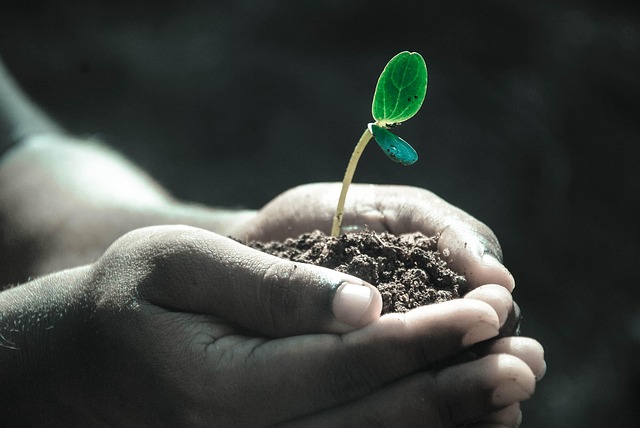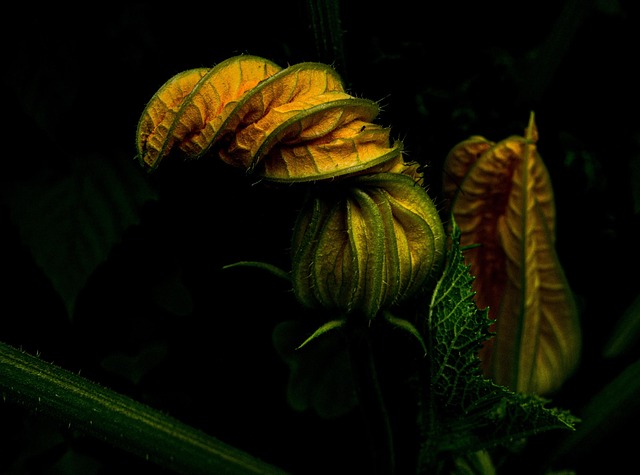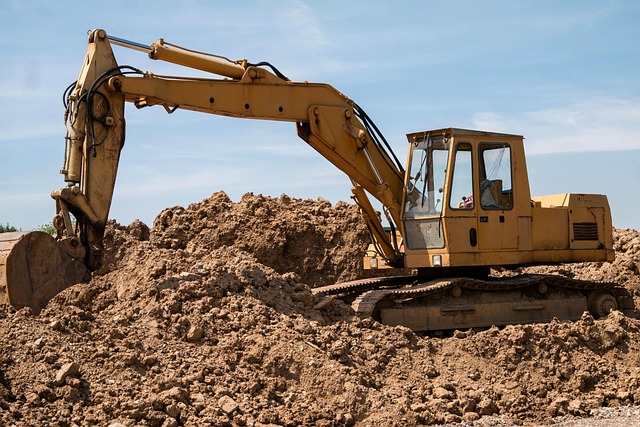Green Gardening: Eco-Friendly Seedling Cultivation for Fruits & Vegetables
In today’s world, where the urgency for environmental consciousness is more critical than ever, embracing eco-friendly practices in our gardens is a rewarding endeavor. One of the most fulfilling aspects of sustainable gardening is seedling cultivation, particularly when it comes to growing your fruits and vegetables. By nurturing seedlings in a green, eco-friendly way, you are not only contributing to your own health by consuming organic produce but also playing an integral part in protecting our planet.
The Importance of Eco-Friendly Practices
Environmental issues, including climate change and pollution, have made it essential for each of us to take steps towards a greener lifestyle. Gardening offers a unique opportunity to connect with nature while helping to reduce our carbon footprint. When you choose to cultivate your own seedlings instead of relying on commercially grown produce, you are making a positive choice for the environment.
Starting Your Seeds
The first step in seedling cultivation is selecting the right seeds. Always opt for organic, non-GMO seeds that are suited to your local climate and soil conditions. You can often find these seeds at local garden centers or through community-supported agriculture programs.
To create the perfect environment for your seeds, consider using biodegradable pots made from materials like coconut coir or recycled paper. These eco-friendly options will decompose in the soil, enriching it as the seedlings grow, while also eliminating plastic waste that is often associated with traditional seedling containers.
Soil and Nutrients
The soil is the foundation of your garden and should be treated with care. Use organic compost and natural fertilizers to nourish your seedlings without harmful chemicals. Compost not only provides essential nutrients but also helps improve soil structure, which promotes better water retention and aeration for healthy root development.
Water Wisely
Watering your seedlings is crucial, but it’s important to do it wisely to conserve this precious resource. Embrace techniques like drip irrigation or using rain barrels to collect and redistribute rainwater in your garden. This not only aligns with eco-friendly gardening practices but also encourages deep root growth in your seedlings as they reach for moisture in the soil.
Create a Habitat
Integrate wildlife-friendly features into your garden to foster biodiversity. Planting flowers that attract pollinators, such as bees and butterflies, can help enhance your seedling cultivation process. These little allies not only beautify your space but also support the overall ecosystem, increasing the productivity of your fruits and vegetables.
Monitor and Manage
As your seedlings grow, keep a watchful eye for signs of pests or diseases. Instead of reaching for chemical pesticides, explore natural alternatives that are gentler on the environment. Solutions such as neem oil or insecticidal soap provide effective, eco-friendly options to protect your plants without harming beneficial insects or the wider ecosystem.
Connecting with the Community
Green gardening is not just a solitary activity; it’s an opportunity to connect with like-minded individuals in your community. Join local gardening clubs or participate in community gardening projects focused on sustainable practices. Sharing knowledge and resources can make the journey of seedling cultivation a rich, rewarding experience.
Incorporating these eco-friendly practices into your gardening routine will nurture not only your plants but also promote a healthier planet. By embracing nature and making conscious decisions about your gardening activities, you can cultivate beauty and bounty while staying true to your commitment to environmental stewardship.




